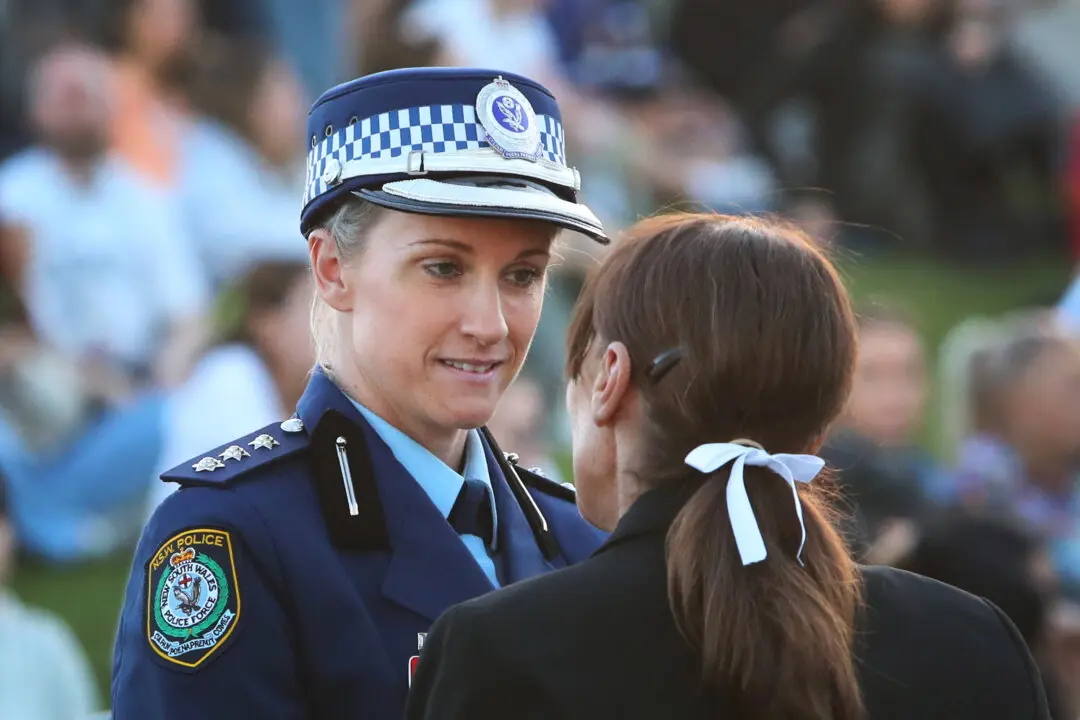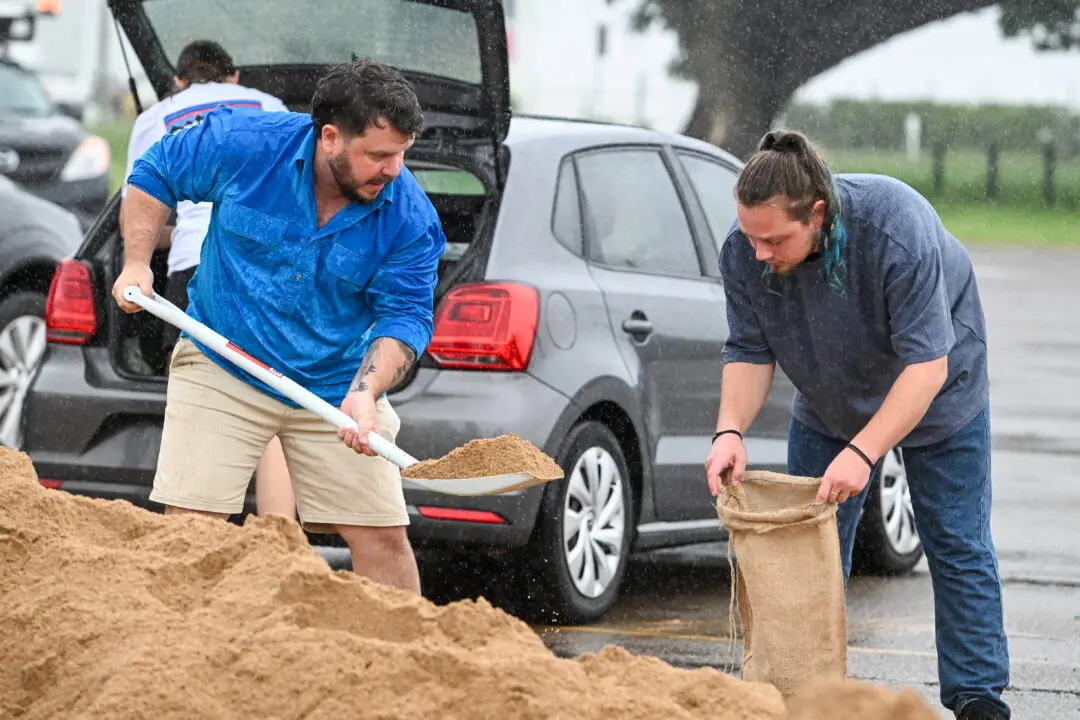E-scooters and phones with lithium-ion batteries could pose a risk to emergency service workers and communities as Australia heads into what might be its worst bushfire season since the 2019-20 Black Summer emergency.
Drier and warmer conditions have elevated the risk of spring bushfires in New South Wales (NSW), South Australia, large parts of Victoria and southeast Queensland.





